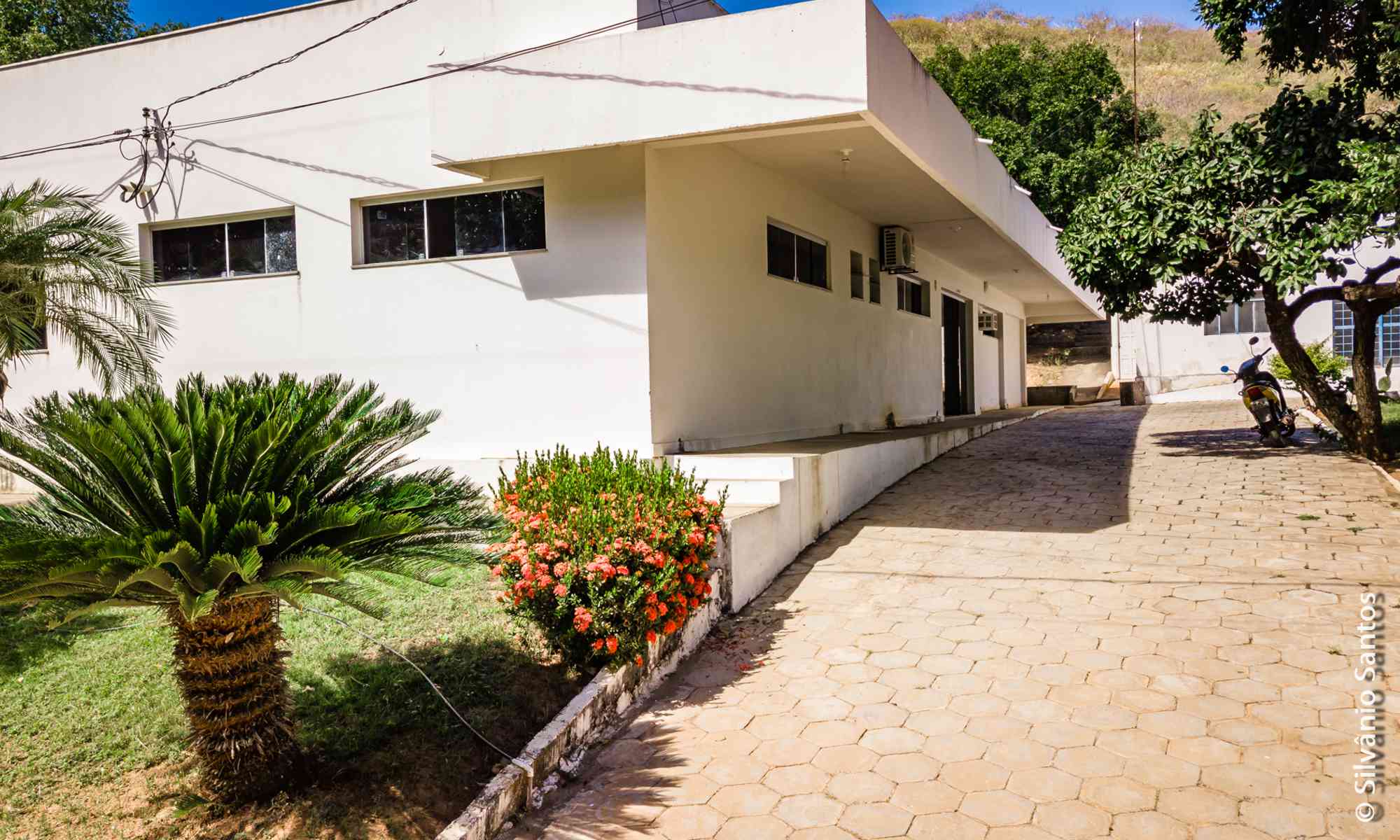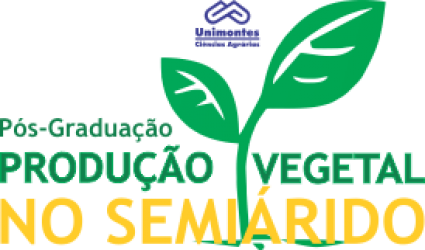- Version
- Download 3
- File Size 2.11 MB
- Create Date 14/06/2021
- Download
SANTOS, Gilberto Cardoso dos. Crescimento, desempenho e similaridade de genótipos de bananeira tipo prata tolerantes à fusariose. 2020. 77 p. Tese (Doutorado em Produção Vegetal no Semiárido) – Universidade Estadual de Montes Claros, Janaúba, 2020.
Apesar da importância socioeconômica da cultura da bananeira, os cultivos brasileiros ainda apresentam baixas produtividades, o que muitas das vezes estão associados a problemas fitossanitários, especialmente doenças. Dentre as doenças mais problemáticas na cultura, destaca-se à fusariose, cuja principal forma de controle é o uso de cultivares resistentes. Diante disto, objetivou-se com o presente trabalho avaliar o crescimento e o desempenho agronômico de genótipos tolerantes à fusariose e da ‘Prata-Anã’. Os tratamentos, quatro genótipos de bananeira (Gen1, Gen7, Gen13, Gen19) e a ‘Prata-Anã’, e quatro ciclos de produção (mãe – primeiro ciclo, filha – segundo ciclo, neta – terceiro ciclo e bisneta – quarto ciclo), foram dispostos em esquema de parcelas subdivididas no tempo, em delineamento experimental de blocos casualizados, com quatro repetições. Para as análises de crescimento, no primeiro ciclo de produção consideraram-se nas sub parcelas dez épocas de avaliação (46, 77, 112, 145, 166, 192, 219, 247, 270 e 295 dias após plantio, DAP). Para a avaliação agronômica foram mensuradas a altura das plantas na emissão do cacho; dias entre o plantio e o florescimento; número de folhas na colheita; índice de área foliar; número total de pencas e de frutos por cacho; comprimento do fruto central da 5ª penca; peso do cacho com engaço e sem engaço; produtividade; número de cachos por ano e intervalo entre cachos. A análise de crescimento foi realizada por meio de ajustes de modelos de regressão, enquanto as avaliações dos quatro ciclos ocorreram por meio de abordagem univariada e multivariada, além de correlações entre caracteres. Os genótipos Gen1, Gen7 e Gen13 apresentaram padrão de crescimento mais similar à ‘Prata-Anã’, enquanto o genótipo Gen19 apresentou maior variação em comparação aos demais. De forma geral, observou-se que pela análise univariada, os caracteres produtivos foram influenciados exclusivamente pelos ciclos de produção, com maiores valores para os segundo, terceiro e quarto ciclos. A análise multivariada de similaridade dos genótipos identificou os genótipos Gen1, Gen7, Gen13 como os mais similares à ‘Prata-Anã’. Todavia, de forma geral, todos os genótipos avaliados apresentam potencial comercial. A produtividade correlacionou-se positivamente com todos os caracteres avaliados, exceto com o índice de área foliar, o qual apresentou correlações negativas com a produtividade, número de folhas na colheita, altura de planta, número total de frutos e número de cachos por ano.
Palavras-chave: Musa spp.; fruticultura; Fusarium oxysporum; fitossanidade.
Growth, performance and similarity prata type banana genotypes as tolerant to fusariosis
Despite the socioeconomic importance of banana cultivation, Brazilian crops still have low yields, which are often associated with phytosanitary problems, especially diseases. Among the most problematic diseases in the crop, fusariosis stands out, whose main form of control is the use of resistant cultivars. In view of this, the objective of this study was to evaluate the growth and agronomic performance of genotypes tolerant to fusariosis and ‘Prata-Anã’. The treatments, four banana genotypes (Gen1, Gen7, Gen13, Gen19) and 'Prata-Anã', and four production cycles (mother - first cycle, daughter - second cycle, granddaughter - third cycle and great-granddaughter - fourth cycle), were arranged in a split-time plot, in a randomized block design with four replications. For growth analysis, in the first production cycle, ten evaluation periods were considered in the subplots (46, 77, 112, 145, 166, 192, 219, 247, 270 and 295 days after planting, DAP). For the agronomic evaluation, the height of the plants in the cluster emission was measured; days between planting and flowering; number of leaves at harvest; leaf area index; total number of cloves and fruits per bunch; length of the central fruit of the 5th branch; bunch weight with stems and without stems; productivity; number of bunches per year and interval between bunches. The growth analysis was performed through adjustments of regression models, while the evaluations of the four cycles occurred through a univariate and multivariate approach, in addition to correlations between characters. The genotypes Gen1, Gen7 and Gen13 showed a growth pattern more similar to „Prata-Anã‟, while the Gen19 genotype showed greater variation compared to the others. In general, it was observed that through univariate analysis, the productive characters were influenced exclusively by the production cycles, with higher values for the second, third and fourth cycles. The multivariate analysis of genotype similarity identified the genotypes Gen1, Gen7, Gen13 as more similar to the 'Prata-Anã'. However, in general, all evaluated genotypes have commercial potential. Yield was positively correlated with all evaluated characters, except for the leaf area index, which showed negative correlations with yield, number of leaves at harvest, plant height, total number of fruits and number of clusters per year.
Keywords: Musa spp.; fruit growing; Fusarium oxysporum; plant health

